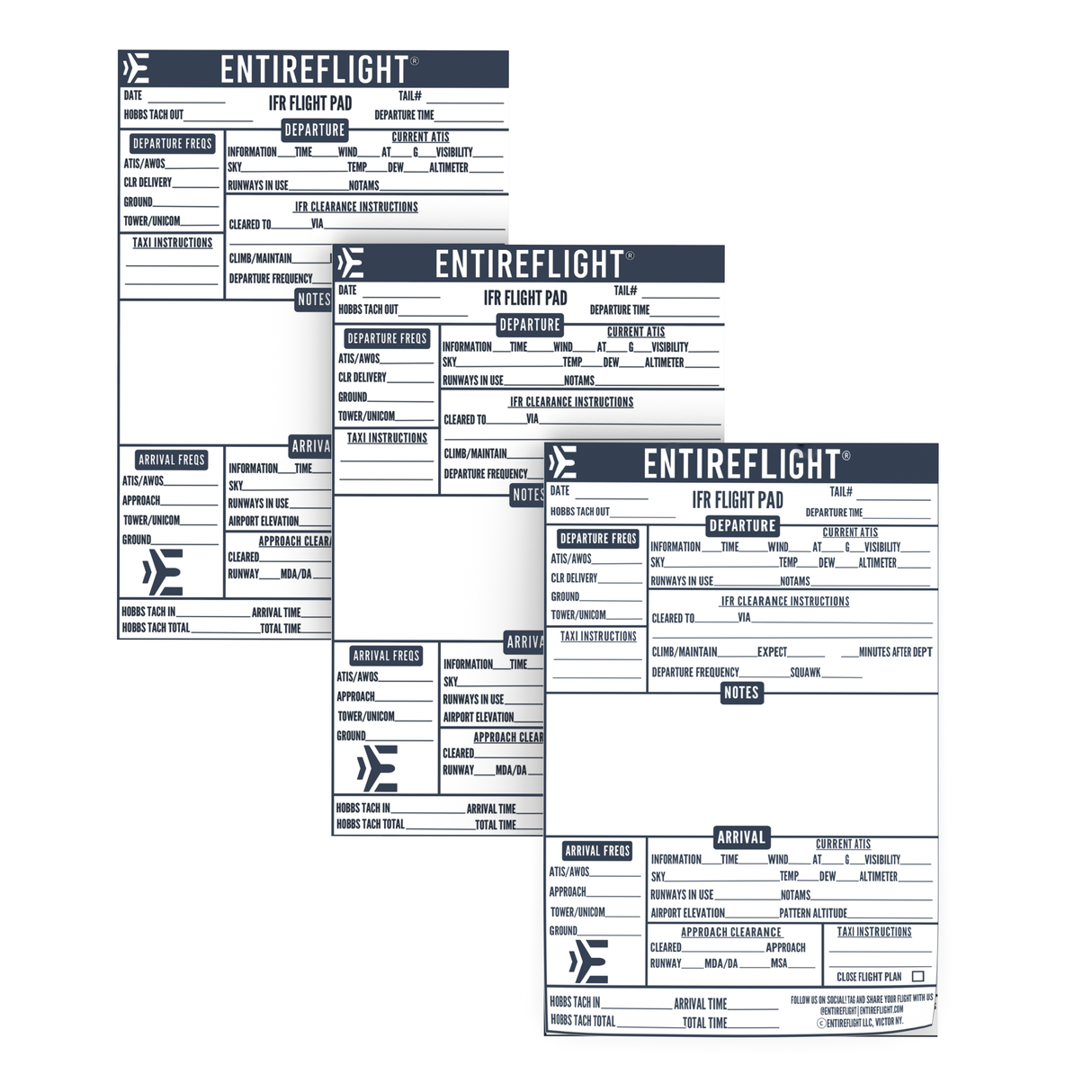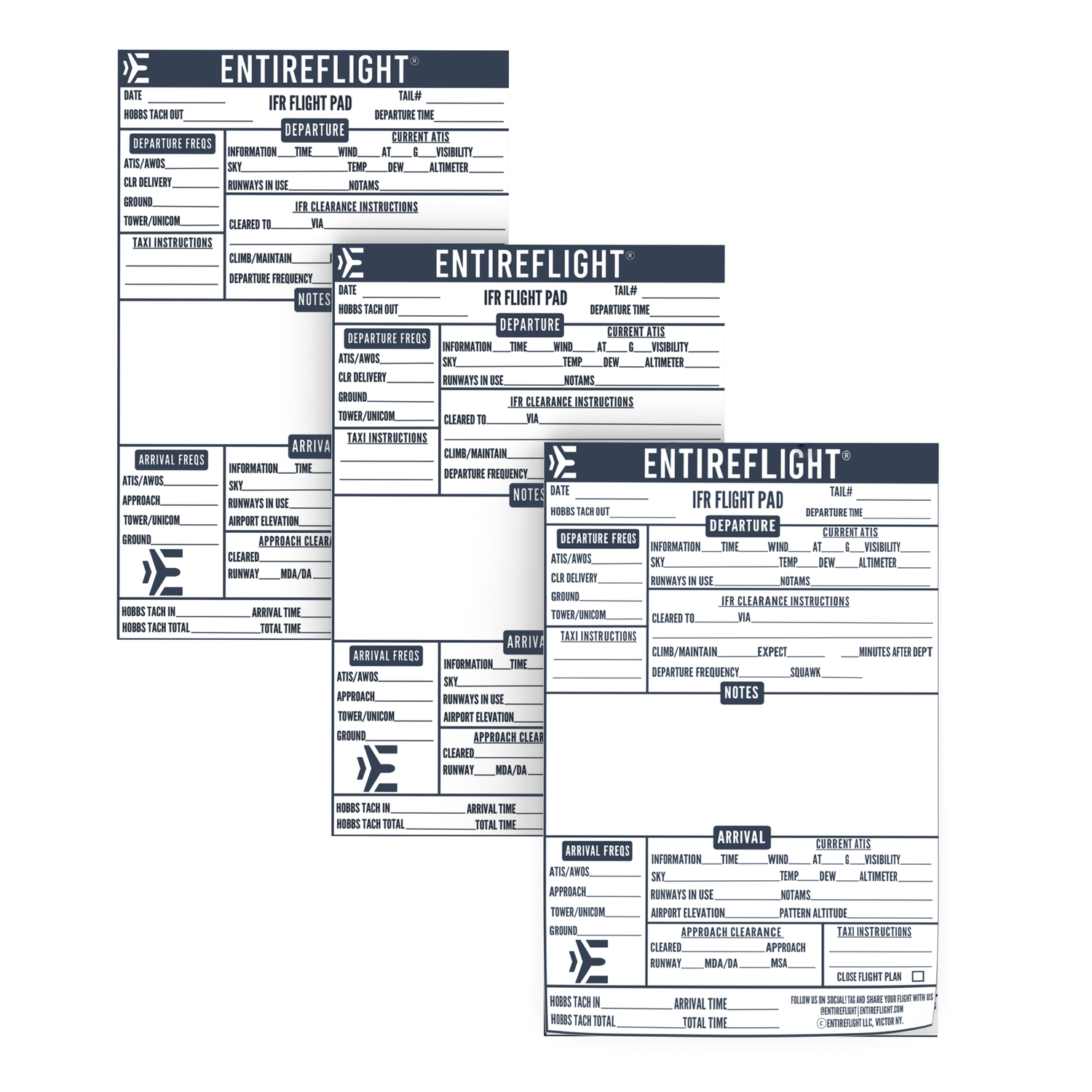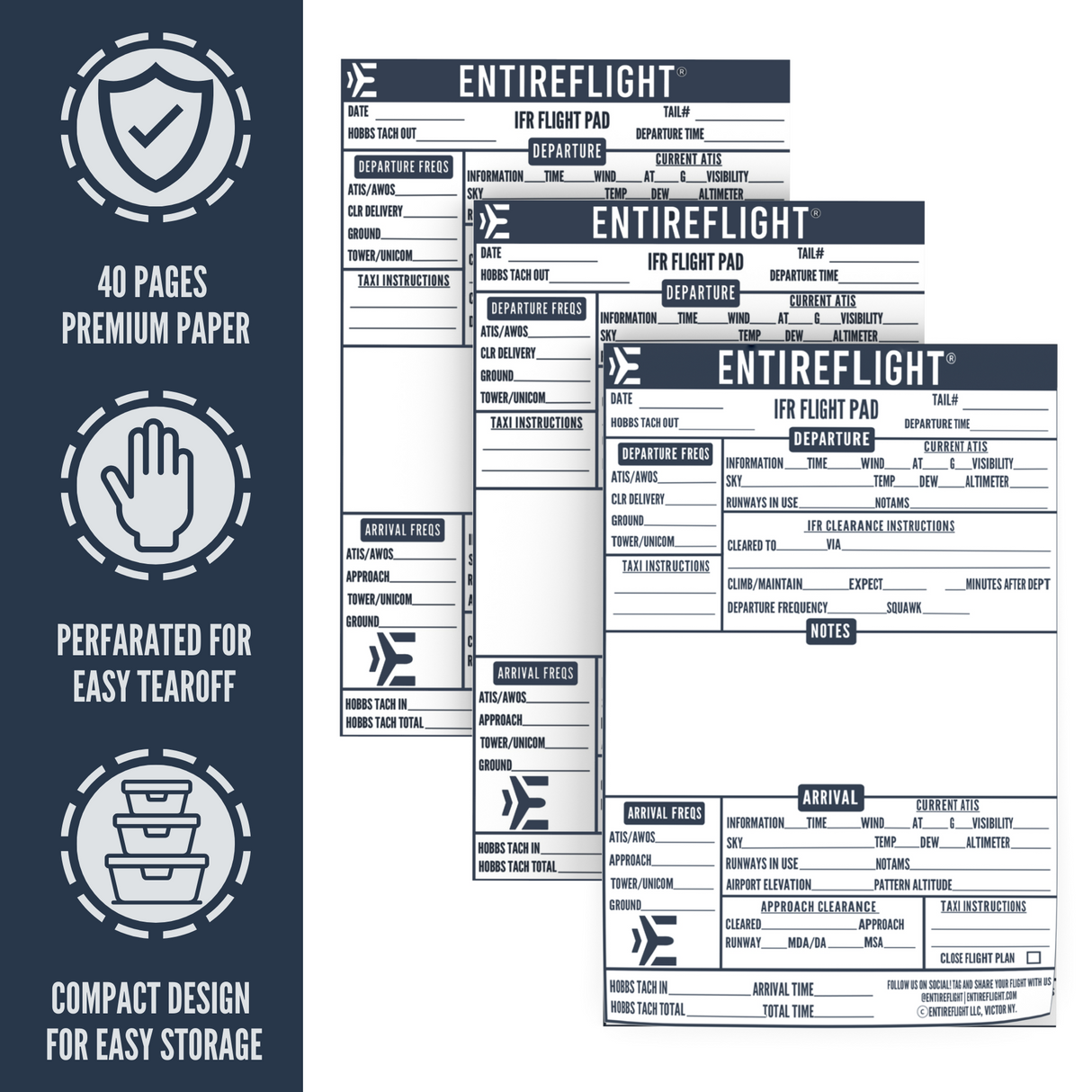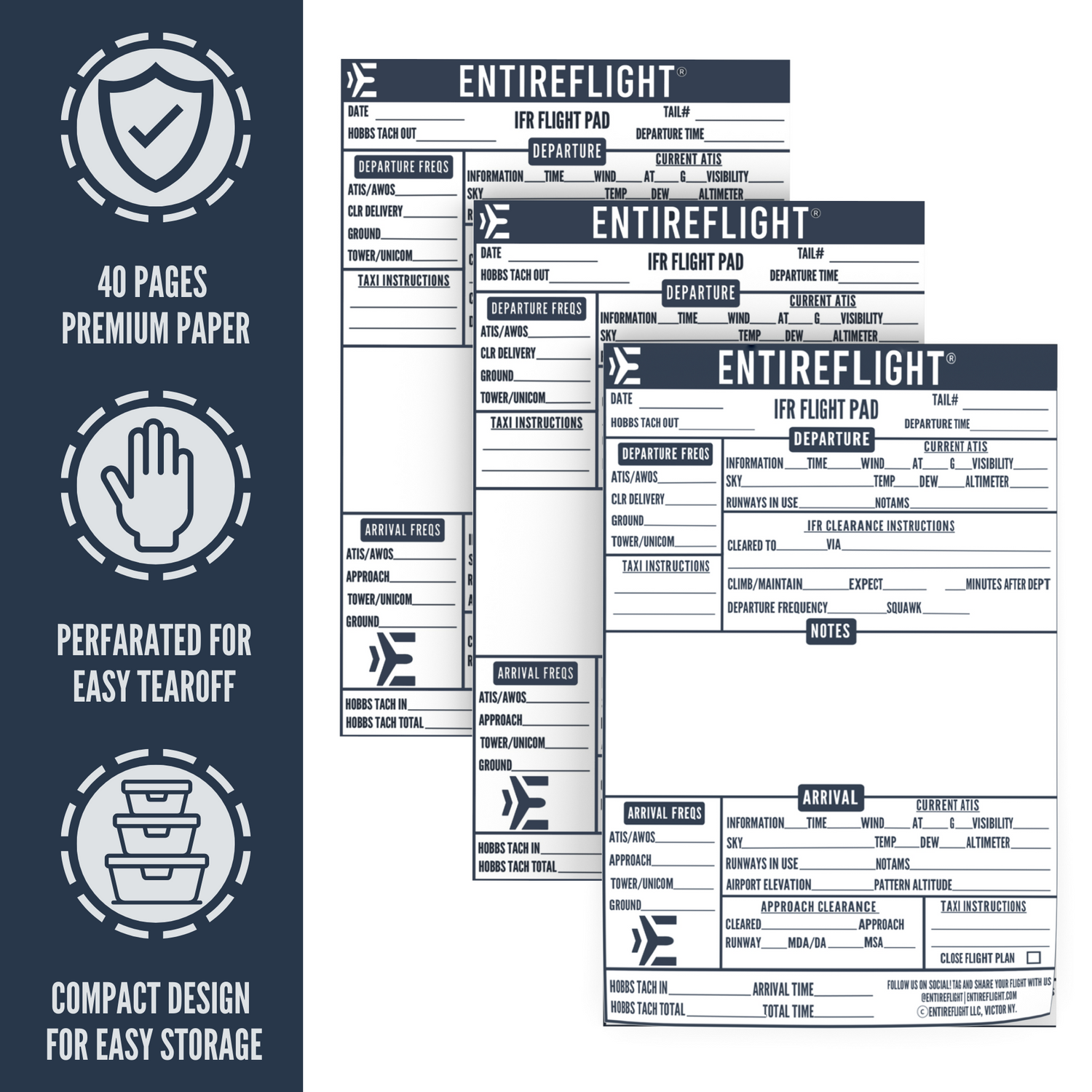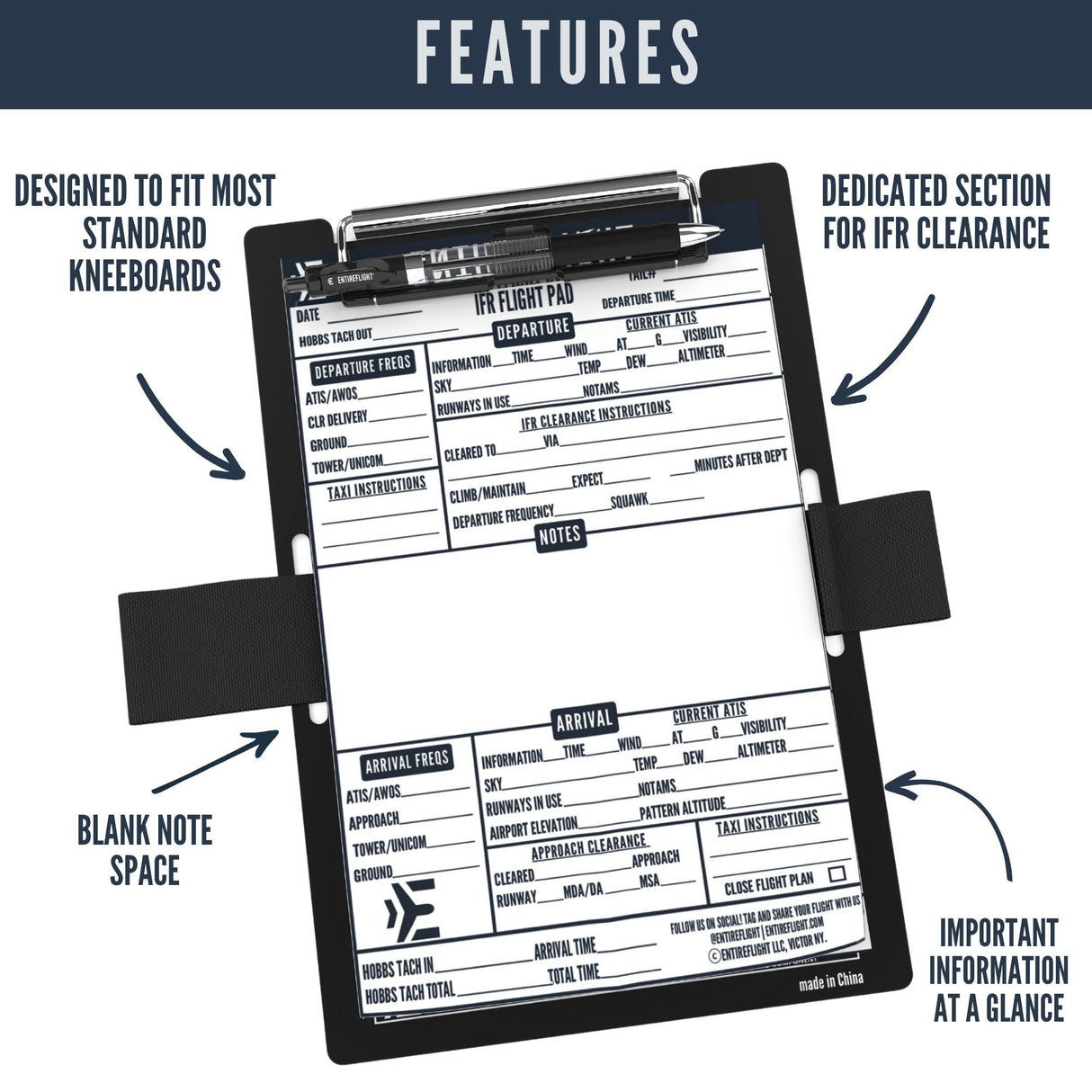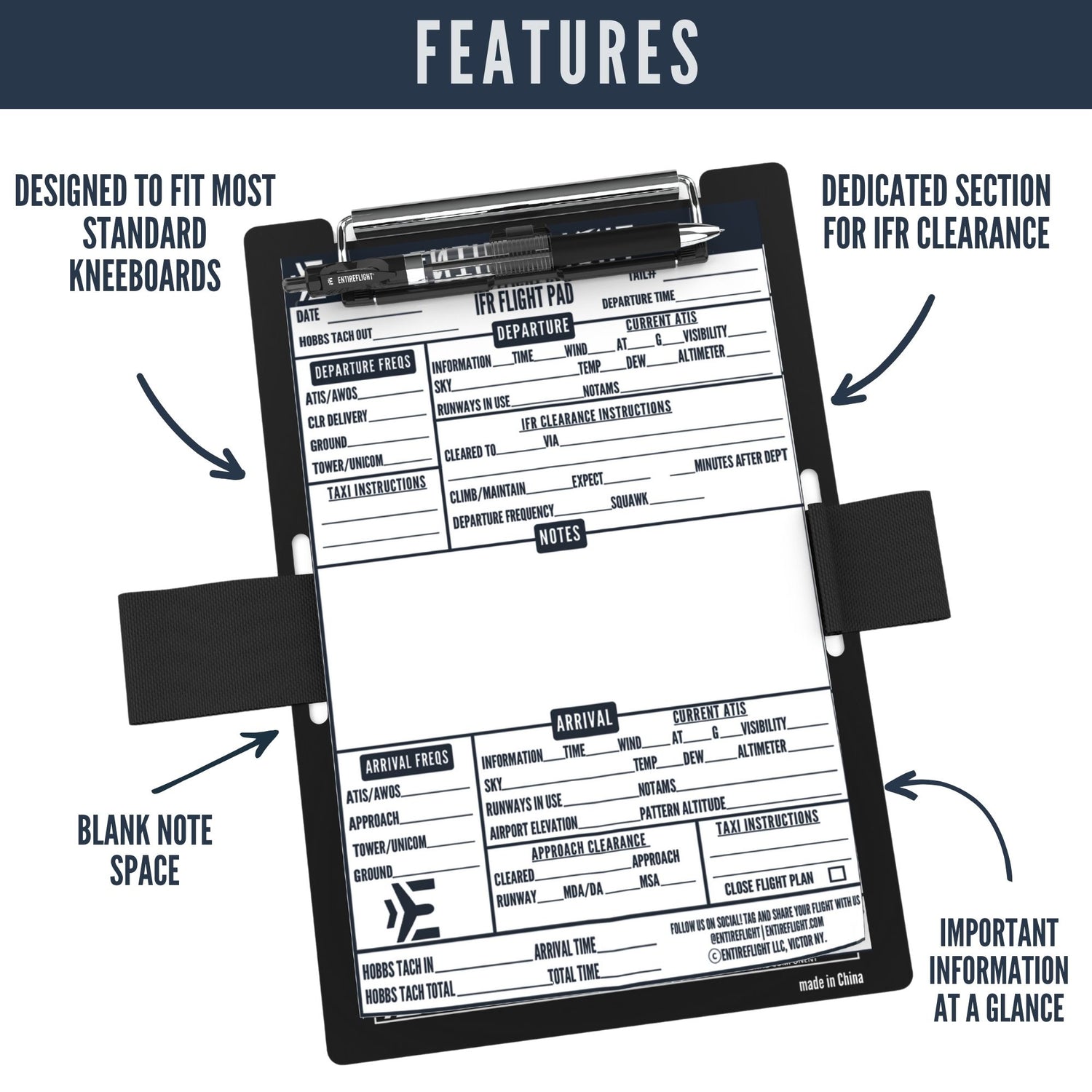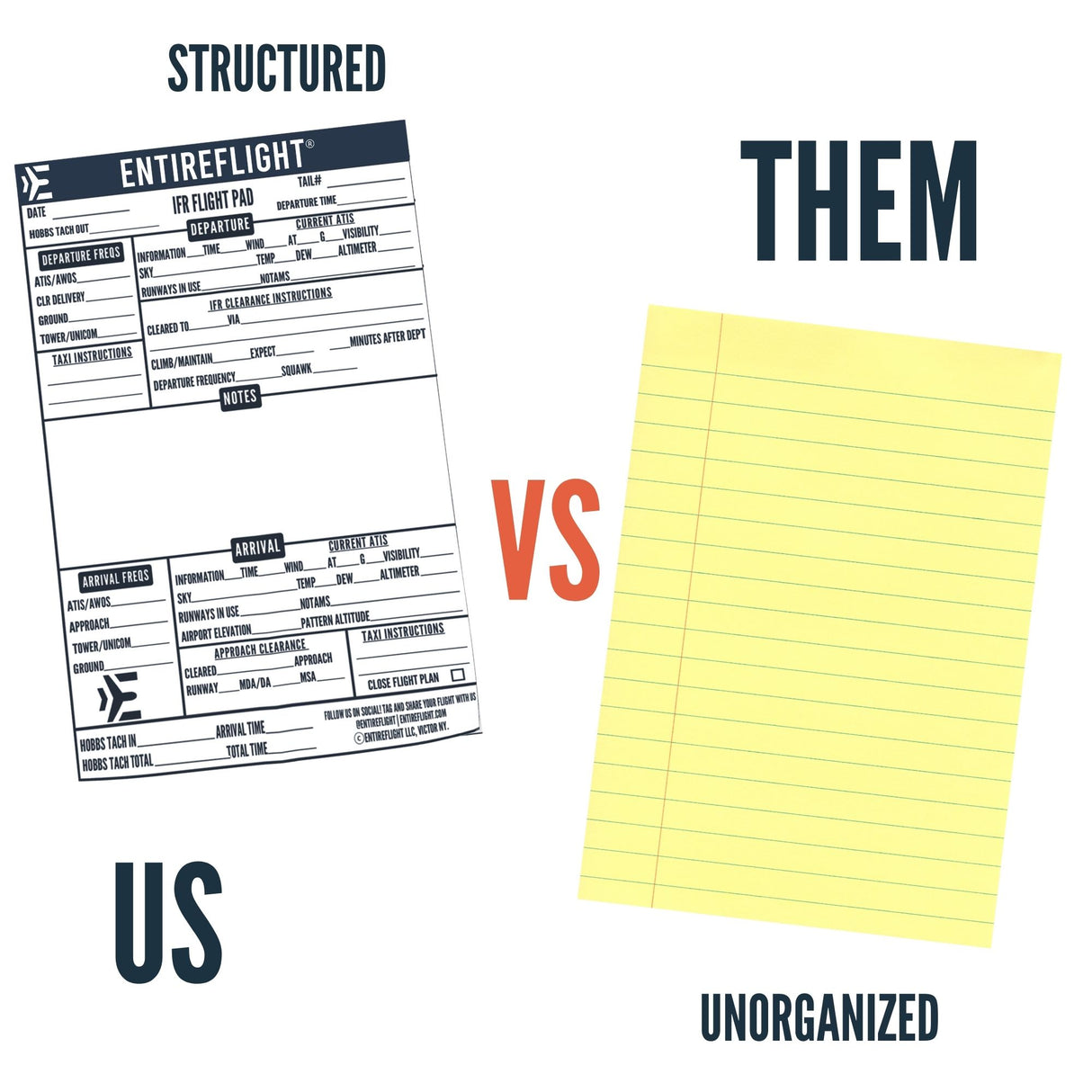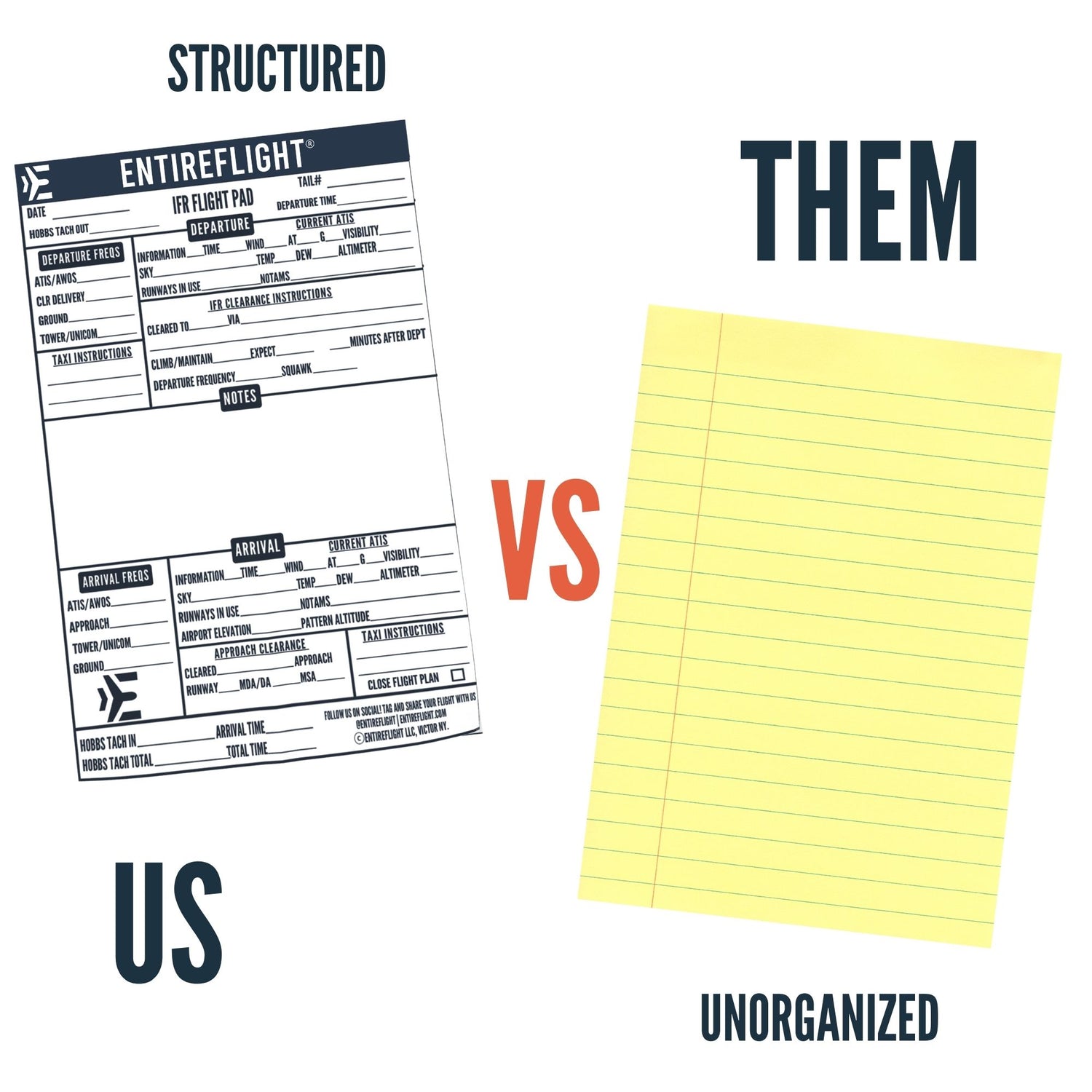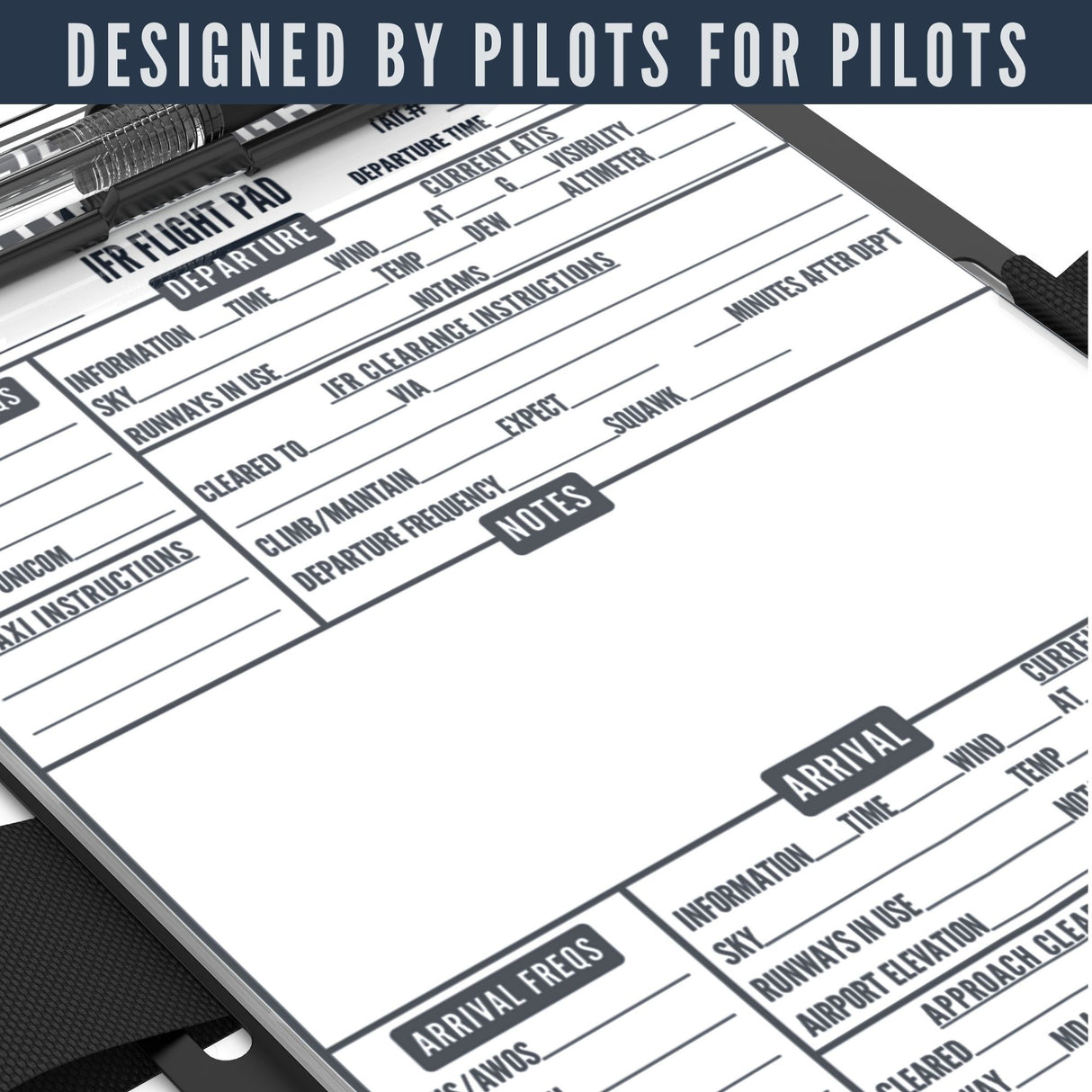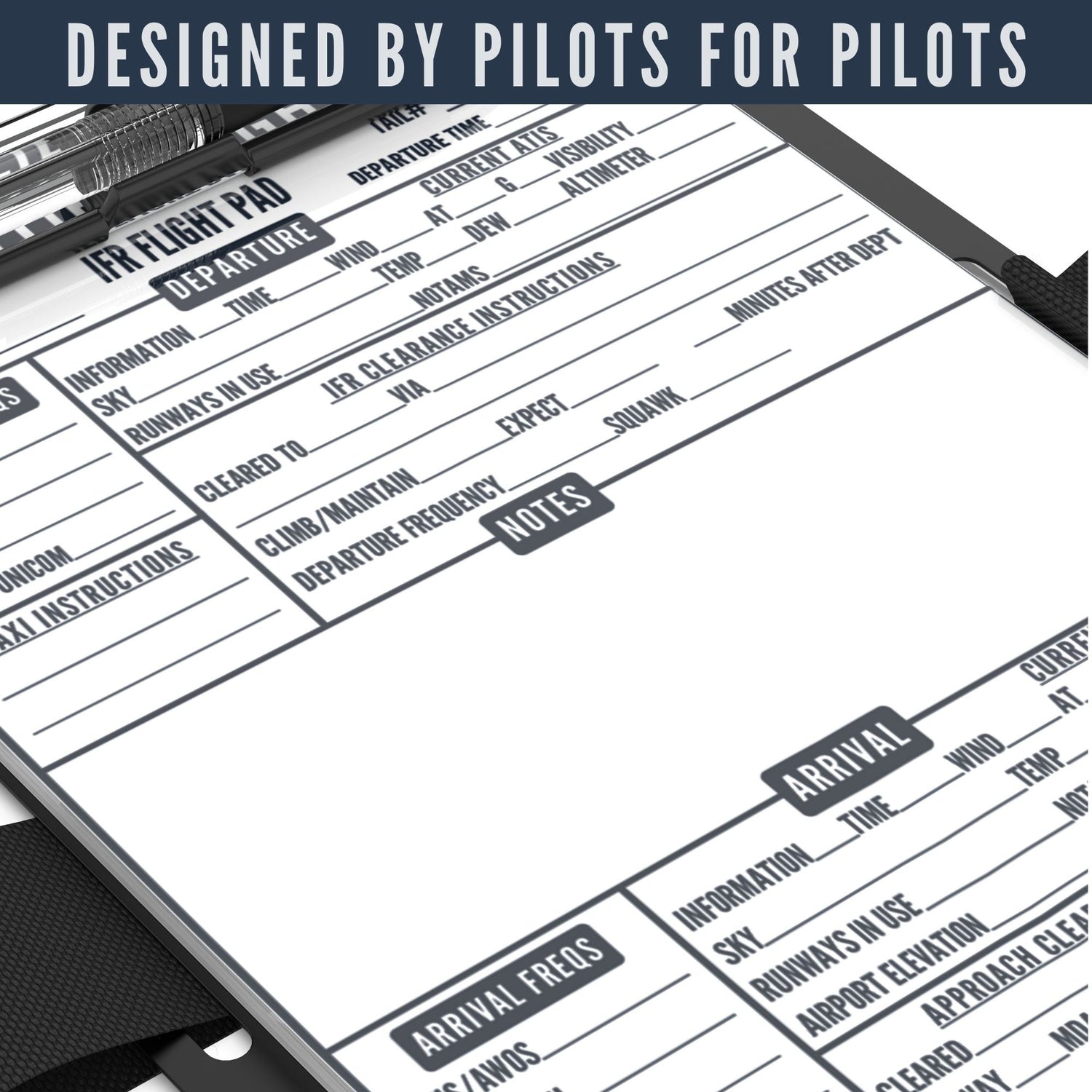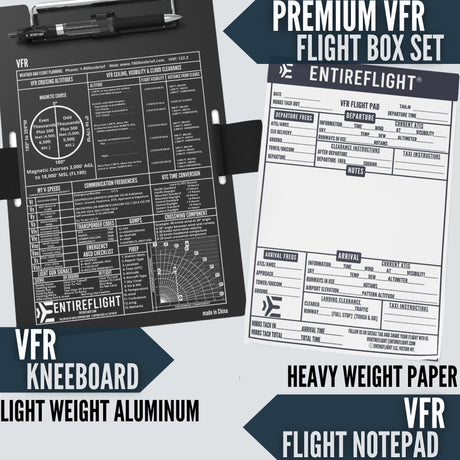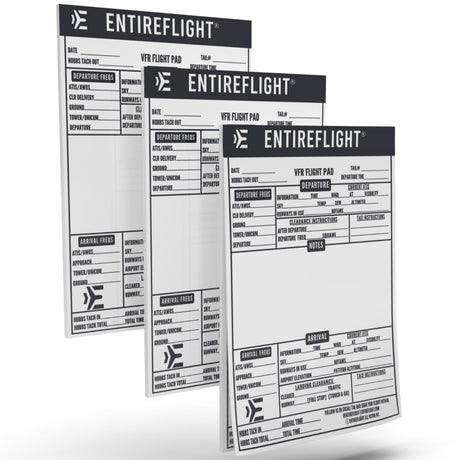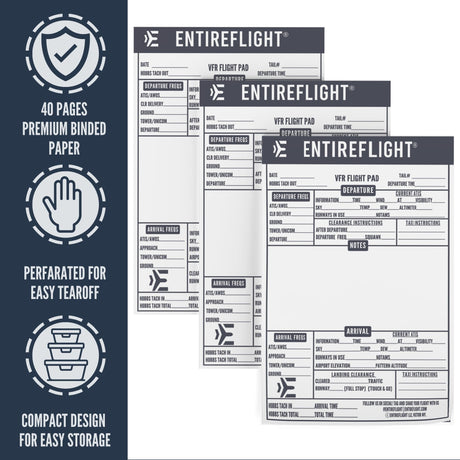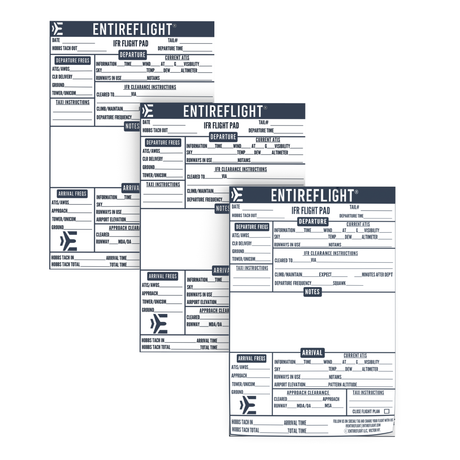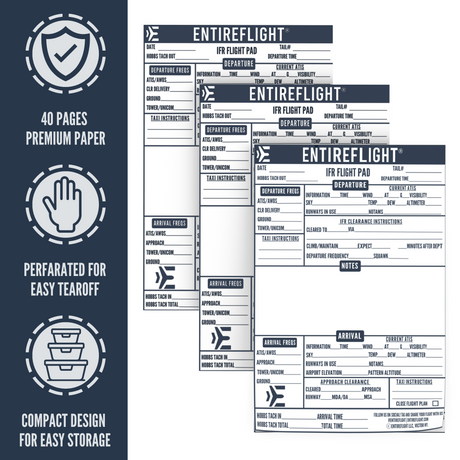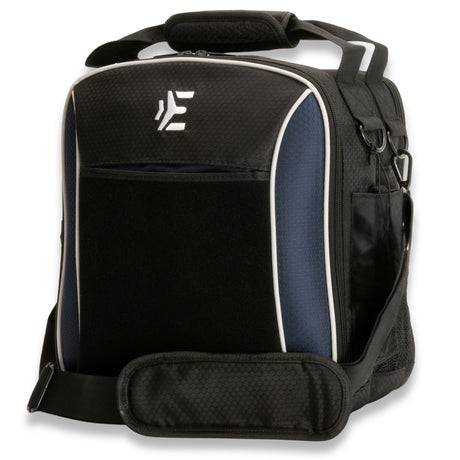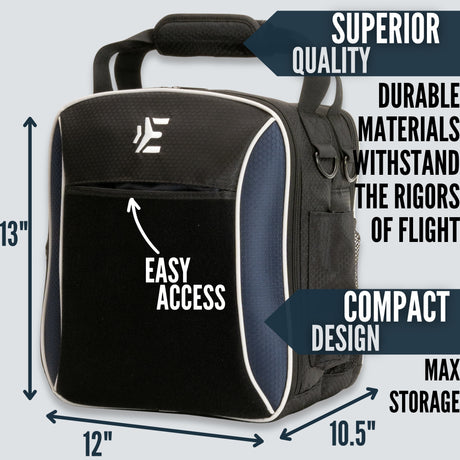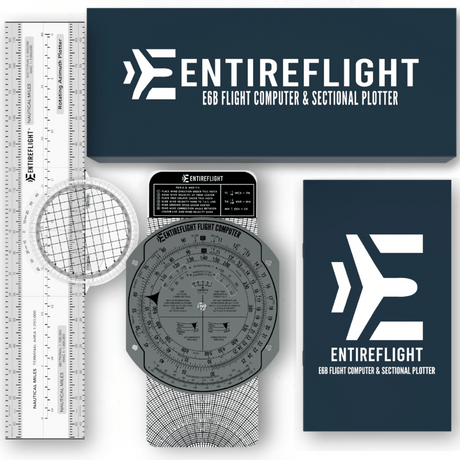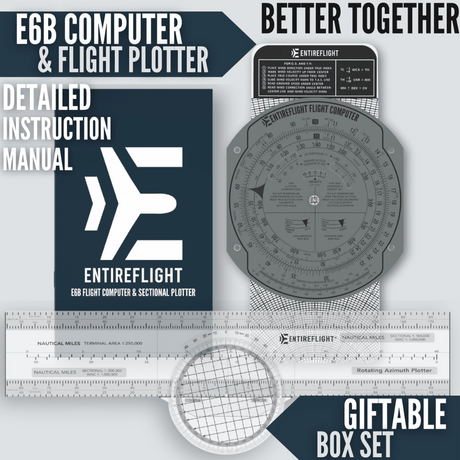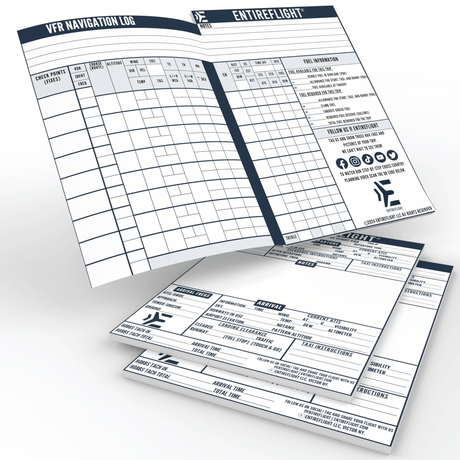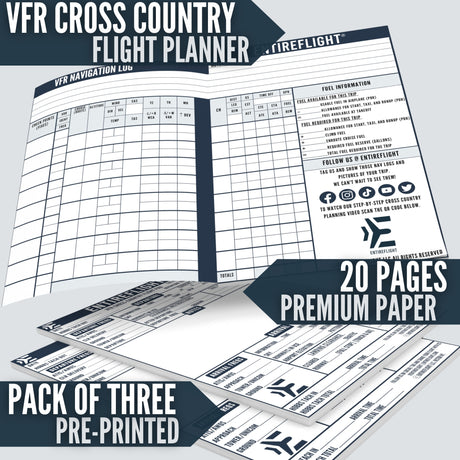When it comes to riding, the design of your wings can greatly affect your experience. Whether you're a seasoned rider or just starting out, understanding how wing design impacts your ride can help you make informed decisions about your gear and improve your skills on the water.
One of the most important factors to consider when it comes to wing design is the size and shape of the wing. Larger wings tend to provide more lift and stability, while smaller wings can be more maneuverable and responsive. The shape of the wing can also impact its performance, with more curved wings providing more lift and flatter wings offering more speed.
Another important aspect of wing design is the material it's made from. Different materials can impact the weight, durability, and performance of your wing. For example, carbon fiber wings tend to be lighter and more responsive, while aluminum wings can be more durable and affordable. Understanding the pros and cons of different materials can help you choose a wing that's right for your needs and budget.
Understanding Wing Designs
When it comes to aircraft, the design of the wings plays a crucial role in determining the ride quality. There are various factors that affect the wing design, including the type of aircraft, its intended use, and the desired performance characteristics. Here are some of the common wing designs and how they affect your ride:
Straight Wing
The straight wing design is the simplest and most common type of wing. It is characterized by a straight leading edge and a straight trailing edge. This design provides good lift at low speeds and makes the aircraft more stable. However, it is not very efficient at high speeds and can cause drag.
Swept Wing
The swept wing design is used in high-speed aircraft such as fighter jets. It features a backward sweep on the leading edge of the wing. This design reduces drag and improves the aircraft's speed and maneuverability. However, it also reduces stability at low speeds.
Delta Wing
The delta wing design is characterized by a triangular shape. It is commonly used in supersonic aircraft such as the Concorde. This design provides excellent lift and maneuverability at high speeds. However, it can be less stable at low speeds and can cause drag.
Tapered Wing
The tapered wing design features a gradual decrease in wing width from the root to the tip. This design provides good lift and stability at low speeds and improves efficiency at high speeds. It is commonly used in commercial aircraft.
Aerodynamics and Wing Design
When it comes to your ride, the design of your wing can have a big impact on your experience. In this section, we'll take a look at the aerodynamics of wing design and how it affects your ride.
Lift Generation
The primary function of a wing is to generate lift, which is what keeps your ride in the air. The shape of your wing is crucial to generating lift, and different designs can have different effects.
One important factor in wing design is the angle of attack. This is the angle at which the wing meets the air. If the angle of attack is too low, the wing won't generate enough lift. If it's too high, the wing will generate too much drag. Finding the right balance is key to getting the most lift out of your wing.
Another factor is the shape of the wing itself. Different shapes can affect lift in different ways. For example, a flat wing will generate less lift than a curved wing. A wing with a sharp leading edge will generate more lift than one with a rounded leading edge.
Drag Reduction
While lift is important, so is drag. Drag is what slows your ride down, and reducing it can help you go faster and be more efficient.
One way to reduce drag is to make your wing as streamlined as possible. This means minimizing any protrusions or irregularities that can create turbulence. Another way is to use winglets, which are small fins at the end of the wing. Winglets help reduce drag by smoothing out the airflow around the wing.
Impact of Wing Design on Ride Quality
When it comes to the design of wings on your ride, there are a few key factors that can impact your overall experience. Two of the most important factors are stability and control, as well as comfort and smoothness.
Stability and Control
The design of wings can have a significant impact on the stability and control of your ride. Wings that are too small or poorly designed can result in a lack of stability, making it difficult to maintain control of your vehicle. On the other hand, wings that are too large can create too much drag, slowing your ride down and reducing your overall control.
In general, a well-designed wing will provide the right balance of lift and drag, helping to keep your ride stable and under control. This is particularly important for high-speed rides, where even small changes in stability can have a significant impact on your safety and comfort.
Comfort and Smoothness
Another key factor to consider when it comes to wing design is comfort and smoothness. A well-designed wing can help to reduce turbulence and provide a smoother ride, making it more comfortable for you and your passengers.
One way that designers achieve this is by using advanced materials and aerodynamic techniques to minimize turbulence and reduce drag. This can help to create a more streamlined ride that is less affected by wind and other external factors.
In addition to reducing turbulence, a well-designed wing can also help to reduce noise and vibration, further enhancing your overall comfort and enjoyment.
Influence of Wing Design on Fuel Efficiency
The wing design of an aircraft has a significant impact on its fuel efficiency. The shape and size of the wings determine the amount of lift generated, which affects the amount of fuel required to keep the aircraft airborne. Here are a few ways in which wing design affects fuel efficiency:
Wing Span
The length of the wing, or wing span, plays a crucial role in fuel efficiency. Longer wings generate more lift, allowing the aircraft to stay airborne with less power. This reduces the amount of fuel required to keep the aircraft in the air, resulting in higher fuel efficiency.
Wing Sweep
The sweep angle of the wings also affects fuel efficiency. Wings with a high sweep angle have less drag, which means they require less power to maintain a given speed. This results in a more fuel-efficient aircraft.
Winglets
Winglets are small, upturned extensions at the end of the wings. They help to reduce drag and increase lift, resulting in improved fuel efficiency. Winglets can be added to existing aircraft as a retrofit, making them a cost-effective way to improve fuel efficiency.
Wing Loading
Wing loading refers to the amount of weight the wing must support per unit area. Higher wing loading requires more power to maintain flight, resulting in lower fuel efficiency. Aircraft with lower wing loading are more fuel-efficient, as they require less power to stay airborne.
Evolution and Future of Wing Design
Wing design has come a long way since the Wright brothers' first flight in 1903. The early wings were simple and flat, providing lift by pushing air downwards. Over the years, designers have experimented with different shapes, sizes, and materials to improve the efficiency and performance of wings.
The most significant development in wing design came in the 1930s with the introduction of the swept-wing design. This design allowed planes to fly faster, higher, and more efficiently by reducing drag. Since then, wing design has continued to evolve with advancements in technology and materials.
One of the latest developments in wing design is the use of composite materials. These materials are lightweight, strong, and flexible, allowing for more complex wing shapes and designs. Additionally, designers are incorporating computer simulations and wind tunnel testing to optimize wing designs for specific applications.
In the future, wing design will continue to evolve with a focus on reducing environmental impact and improving efficiency. One area of research is the development of morphing wings that can change shape in flight, reducing drag and improving fuel efficiency. Another area of focus is the use of bio-inspired designs, such as those found in bird wings, to improve lift and maneuverability.
Overall, the evolution of wing design has led to significant improvements in aircraft performance and efficiency. With continued research and development, the future of wing design looks promising for both the aviation industry and the environment.
Frequently Asked Questions
1 - What are the different types of wing designs used in aircraft?
There are several types of wing designs used in aircraft, including straight, swept, delta, and variable geometry wings. Each design has its own advantages and disadvantages, and the choice of wing design depends on the intended use of the aircraft.
2 - How does the shape of an airplane's wing affect its performance?
The shape of an airplane's wing affects its performance in several ways. The curvature, or camber, of the wing affects the amount of lift generated by the wing, while the angle of attack affects the lift and drag forces acting on the wing. The wing's aspect ratio, or the ratio of its span to its chord, affects its efficiency and maneuverability.
3 - What is the significance of wing design in aviation?
Wing design is crucial in aviation because it affects the performance, efficiency, and safety of aircraft. A well-designed wing can increase an aircraft's lift and reduce drag, improving its fuel efficiency and range. It can also improve its stability and control, making it easier to fly and reducing the risk of accidents.
4 - Can wing design affect the amount of lift generated by an aircraft?
Yes, wing design can affect the amount of lift generated by an aircraft. The curvature of the wing, the angle of attack, and the wing's aspect ratio all affect the amount of lift generated by the wing. A well-designed wing can generate more lift with less drag, improving the aircraft's performance and efficiency.
5 - How does the position of the wing affect the flight characteristics of an aircraft?
The position of the wing affects the flight characteristics of an aircraft in several ways. A high-wing aircraft has a higher center of gravity, making it more stable and easier to control, while a low-wing aircraft has a lower center of gravity, making it more maneuverable and responsive. The position of the wing also affects the aircraft's stall characteristics and its ability to take off and land on different types of terrain.
5 - What is the role of wing spar design in aircraft performance?
The wing spar is the main structural component of the wing, and its design plays a crucial role in the performance and safety of the aircraft. A well-designed wing spar can withstand the stresses of flight and provide a stable platform for the wing, improving the aircraft's performance and reducing the risk of structural failure.

